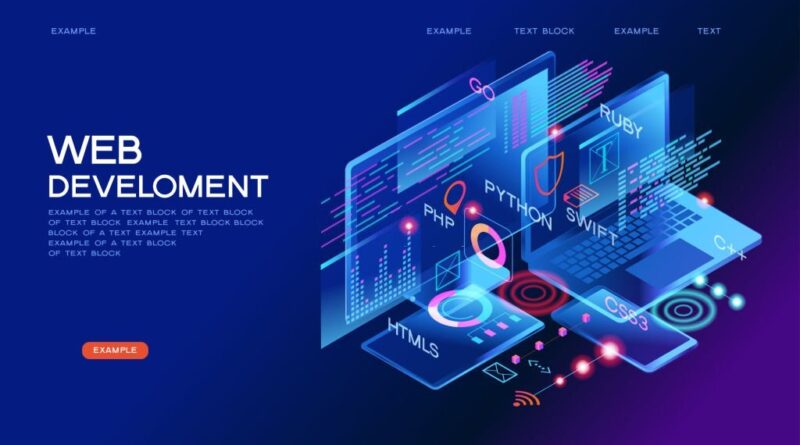Providing Professional Website Design & Development at Fair Prices
The concept of website design and development has survived as long as websites have existed. Because the process of creating websites was formerly easier, it had a much simpler meaning. The process of building a website is referred to as “website design and development” as a whole. It requires both web design and web development, as the name would imply, here you can read more.
A website’s style and feel are decided by web design, and its functionality is decided by web development. The terms for the two jobs are frequently used interchangeably since there isn’t always a clear distinction between them. The jobs change along with the web’s ongoing development.
Website design and development are classified into two categories: what users see and what users do not see.
- Front-End Programming
What the user sees happens in a browser and is the result of design and front-end development. The design specifies a website’s colors, layout, typography, and images everything that contributes to a website’s branding and usability and necessitates the use of programs such as Photoshop, Illustrator, Fireworks, and Sketch.
Front-end development is the process of implementing a design using coding languages such as HTML, CSS, and Javascript. Users can interact with buttons, photos, text, contact forms, and navigation menus using these languages. They are also essential to responsive and adaptable design.
- Back-End Development
The Aussies from SATZ Design remind us that “A website requires a back end to store and manage the data received from the front end”. When a customer purchases anything or fills out a form, they are entering data into an application on the front end of the website. And that information is saved in a database on a server. A website performs as expected because the front and back ends are constantly talking.
A back-end developer is analogous to a conductor. They ensure that applications, databases, and servers function in tandem by employing languages such as Ruby, PHP, Net, and Python, as well as frameworks such as Ruby on Rails and Code Igniter.
Next Diffusion website design elements
Next Diffusion professionals use certain elements to design and develop a website. These are as follows,
- Color:
Color gives a website
- Individuality
- Helps it stand out
- And instructs the user on how to proceed
The color palette of a brand may be chosen by its current identity or by the content of a website (like how this plant website uses hues of green). A uniform color palette aids in the organization of a website.
- Layout:
The layout of a website is the organization of its header, navigation menu, footer, content, and visuals. The layout selection depends upon the website’s aim and how the web designer wants the user to engage with the website.
- Hierarchy of visual elements:
A user should be able to get the information they want by simply browsing a website. The process of choosing which aesthetic components of a website should stand out utilizing size, color, spacing, and other factors is known as the visual hierarchy.
- Navigation:
Navigation assists a user in getting from point A to point B by utilizing navigational aids such as site architecture, menus, and search bars.
Phases in the Design and Development of a Website
The process of designing and developing a website involves various phases. Before the big launch, a lot happens, from gathering background data to building your website. Although the specific procedure differs for different projects, the fundamentals stay the same. Website creation company work precisely on these principles.
- Information Gathering
Gathering information is the first step in developing a great website. Here a developer may ask certain questions for the purpose of developing a website.
- Planning
We initially created a plan using the data acquired during step one. Here, we create a sitemap for your website. Additionally, this is the point at which we choose which technologies, like
- Contact forms
- Custom post kinds
- Certain plugins & etc
- Design
One of the most important aspects taken into account, in this case, is the target audience. For instance, a site designed for young adults will seem very different than one for a financial institution. Here a Developer also uses Branding elements like your company’s logo, colors, and design to help establish your organization’s identification on the website.
- Development
In this location, we create a real operation website. This ensures that your site is available to the widest potential audience and includes not just the desktop version but also the mobile responsive views. After the creation of the WordPress theme, we take your material and place it where it belongs on the website.
- Delivery and Testing
We now test your website and take care of any last-minute details. We evaluate features or the full operation of forms, among other things. It’s time to provide the site after we have received your final approval.
- Maintenance
Providing regularly updated material is one approach to encourage return visitors to your website. Additionally, all installed plugins and new WordPress versions need update as soon as they become available.




